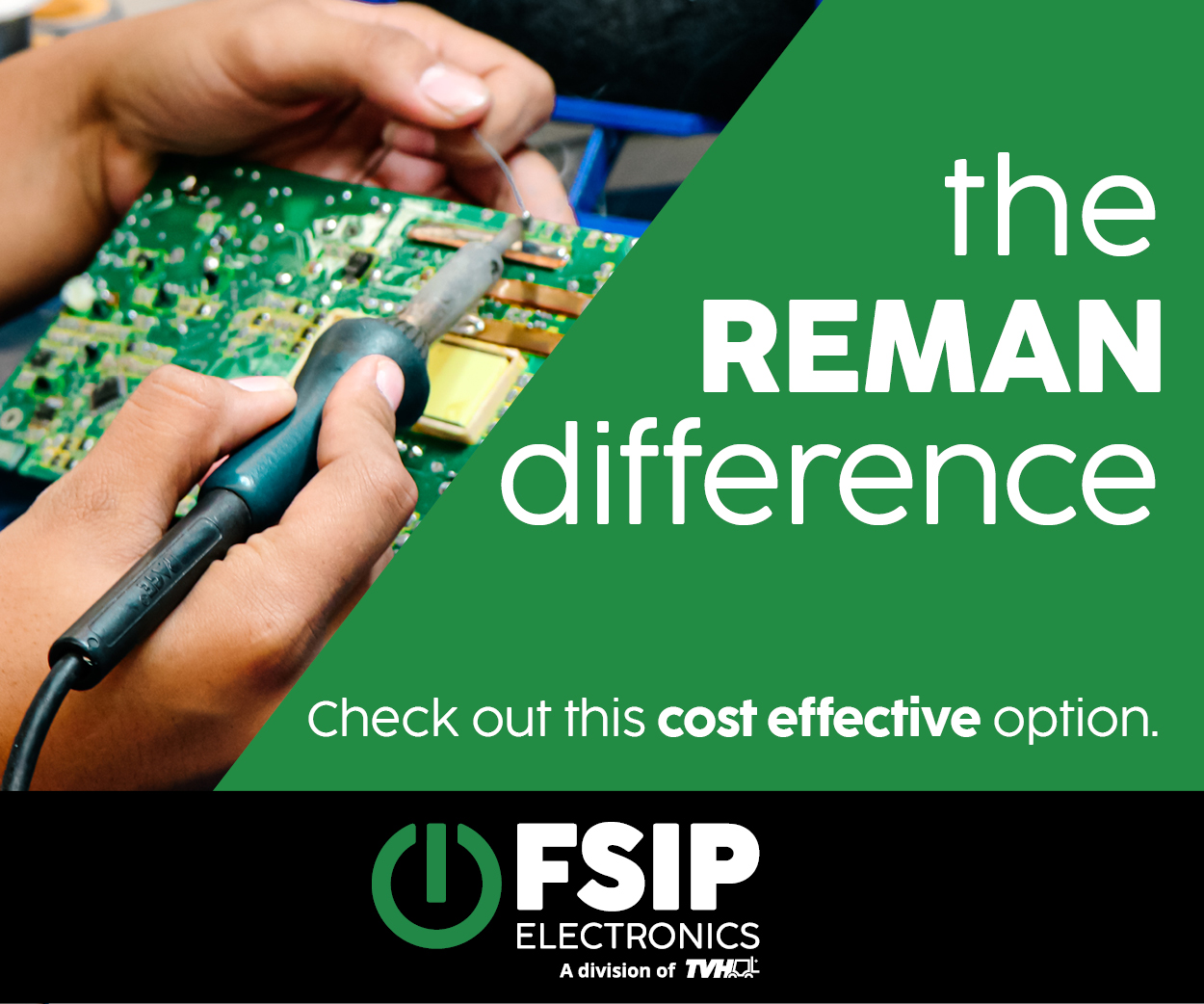Proper battery maintenance is essential to ensure the reliability of your golf car. Though most owners tend to plug-in their vehicles after each use or once a week, it’s imperative to also pay attention to crucial monthly tasks. By taking these additional steps when using a flooded lead-acid battery, you can help ensure your golf car stays in optimal condition and ready to roll whenever you need it.
Battery Terminal Cleaning And Tightening
One often overlooked maintenance procedure, is to check and clean your battery’s terminals. If you spot corroded terminals, use a solution of baking soda and water to neutralize any stray acid deposits. Use a wire brush with a wooden or plastic handle to prevent accidental arcing while cleaning the terminals. Rinse the area with water and dry it with a clean cloth. Do not allow any of the solution to enter the cells of the battery by keeping the vent caps in place.
After cleaning, check the connections and tighten if some are loose but do not overtighten. The recommended terminal torque is 100 inch-pounds or just 16-18 pounds on the end of a six- inch wrench. US Battery recommends the use of stainless steel lock washers with all types of terminals. The split-ring lock washers not only help to lengthen the tightening interval but also give a good visual indication of when to stop tightening and when to retighten terminals. Tighten until the split-ring is flat and stop. When the split-ring opens up during use, retighten the terminal. Use only insulated tools or wrap the handles with electrical tape to prevent accidental arcing. Follow up with a corrosion inhibitor or silicone spray on the terminals to resist corrosion but use only after the terminals and hardware have been installed. A description of the proper hardware for each terminal type can be found on the battery data sheet or on the US Battery website at www.usbattery.com.
Equalization Charge
On a monthly basis, you should be adding an equalization charge to your batteries. This is a process in which the battery charger applies an additional, extended charge at the end of the normal charging process. This extended charge helps to balance the individual cells in large battery packs and promotes gassing (bubbling) of the electrolyte. The bubbling “re-mixes” the sulfuric acid and water mixture in the electrolyte and prevents stratification or uneven concentration of the acid in the electrolyte. Because of the gassing that occurs during charging and equalization, make sure you perform your normal charging and equalization charging in a well-ventilated area and wear safety glasses and gloves. Here are the simple procedures for performing an equalization charge.
- Make sure the battery is a deep cycle Flooded Lead-Acid (FLA) type and all cells have enough water to cover the plates.
- All electrical loads to the battery must be turned off.
- Connect your charger and charge the batteries until the normal charge cycle is completed.
- Chargers with equalizing mode: Make sure the charger is connected and powered up long enough to complete the equalization charge cycle.
- Chargers without equalizing mode: Let the charger complete a full charge, then restart by disconnecting AC power and reconnecting. The charger should restart and extend the charge time by 1-3 hours.
- Take specific gravity readings with a hydrometer to determine if all the cell specific gravities are at least 1.270 SG and even across the battery pack. If not, restart the charger and continue the process until specific gravity readings are high and uniform.
- Any water lost during equalization charging should be replaced just prior to the next equalization charge unless any cells have electrolyte below the tops of the plates. If so, add enough water to cover the plates and equalize charge again to mix the added water.
Along with your normal maintenance procedures of properly charging and checking water levels of your batteries (if you are using Flooded Lead-Acid batteries), these additional maintenance procedures will keep your golf car running reliably and for longer periods of time. These procedures will also help to extend the life of your batteries which ultimately lowers your cost of operation.
For more information, contact U.S. Battery Manufacturing,
1675 Sampson Ave. Corona, CA 92879 at: (800) 695-0945 or visit http://www.usbattery.com.






















